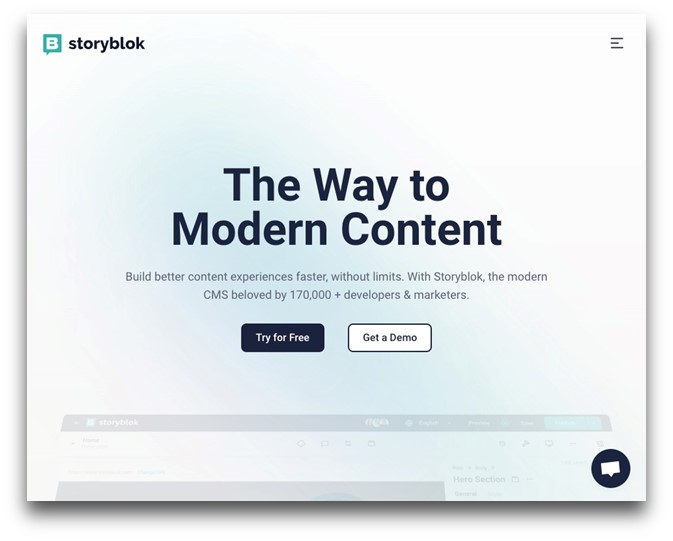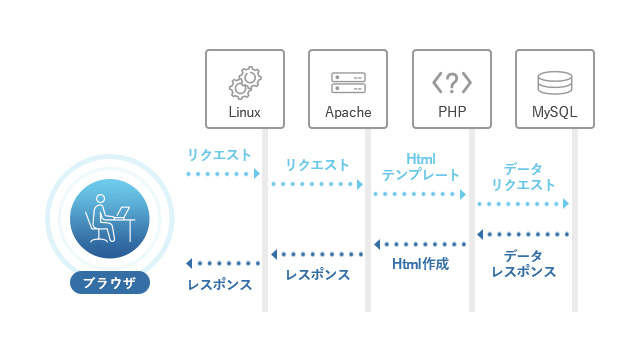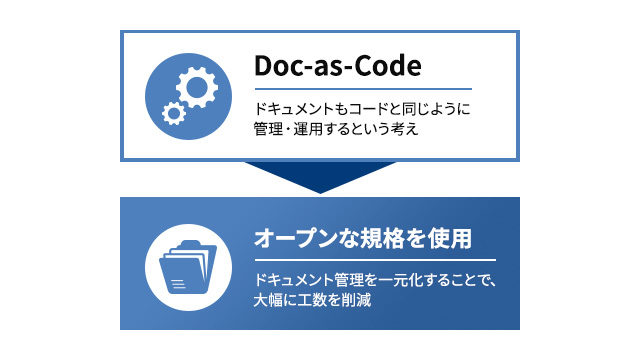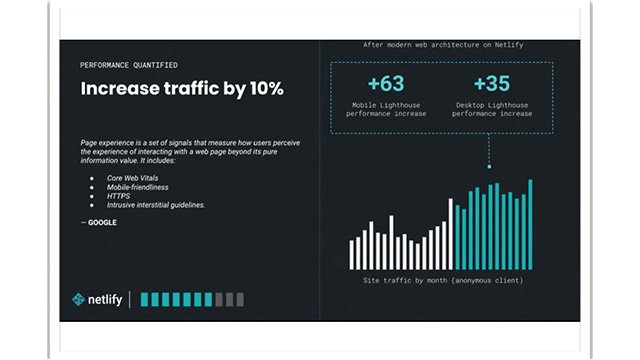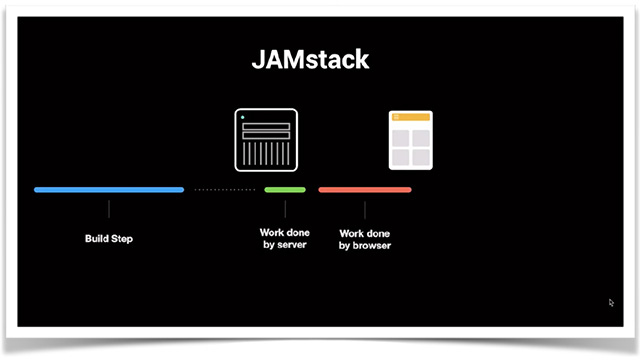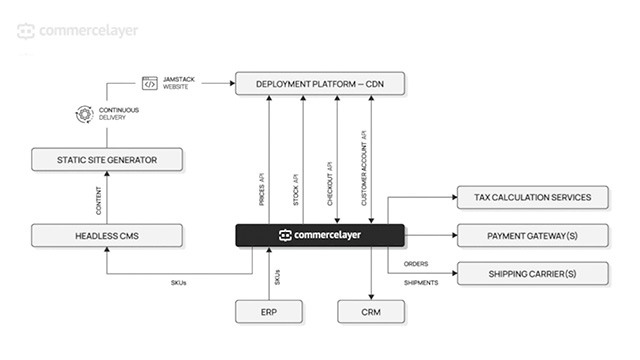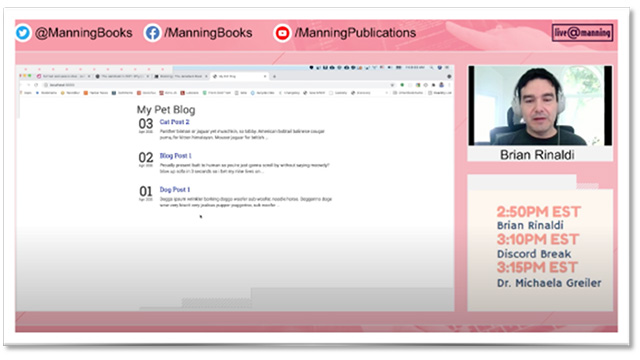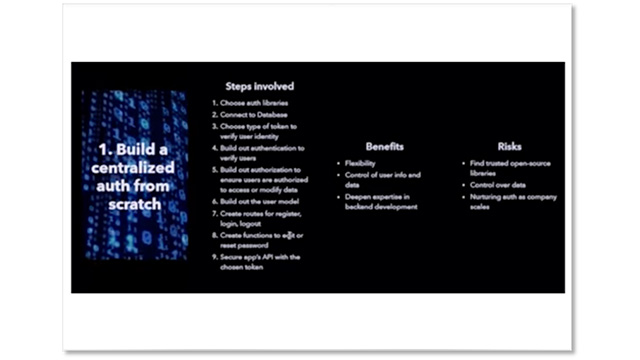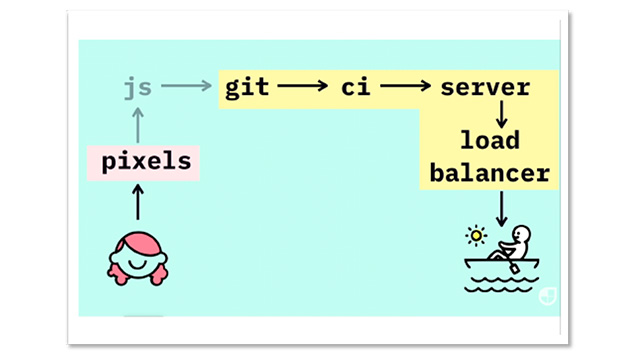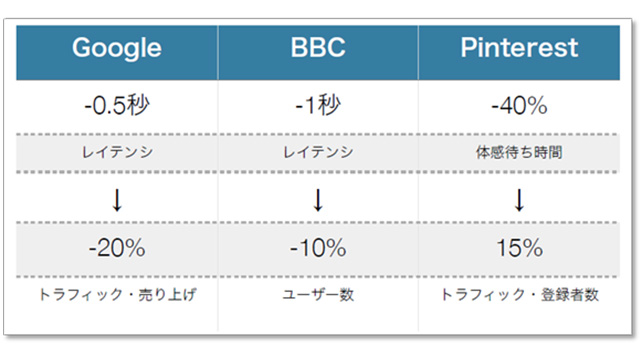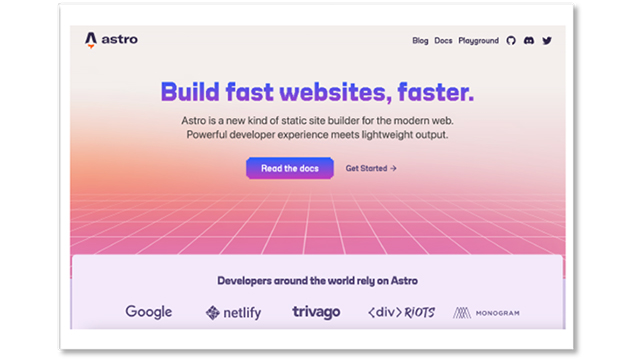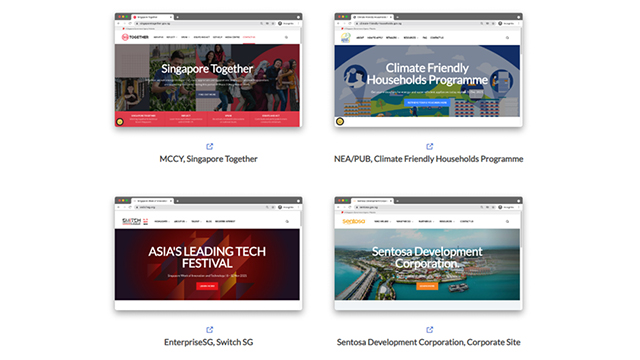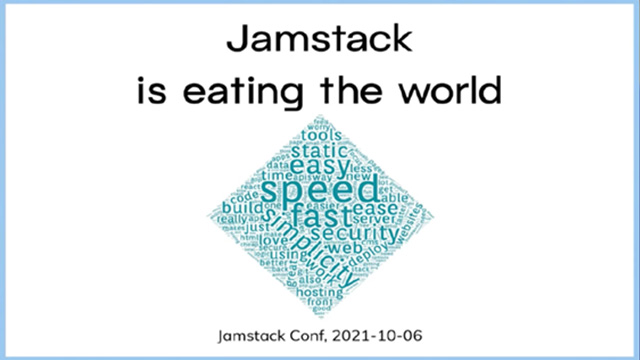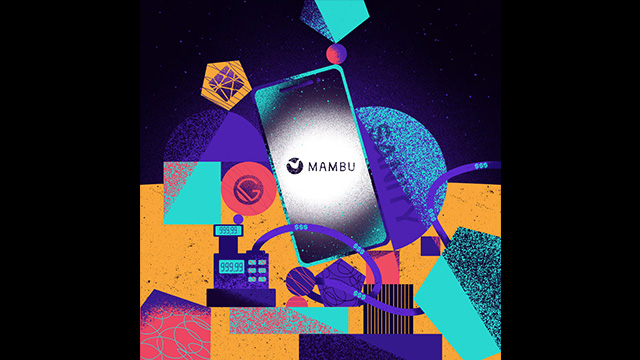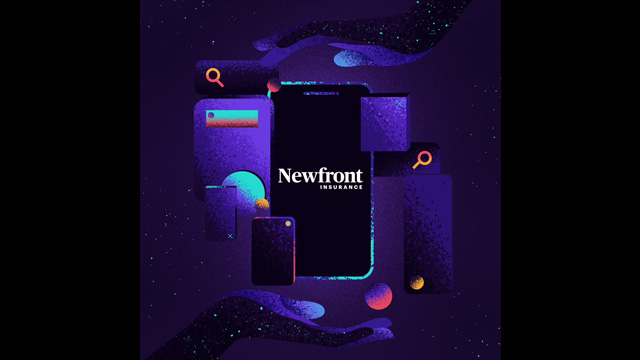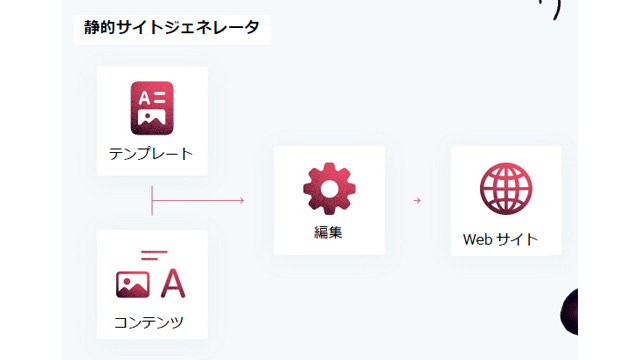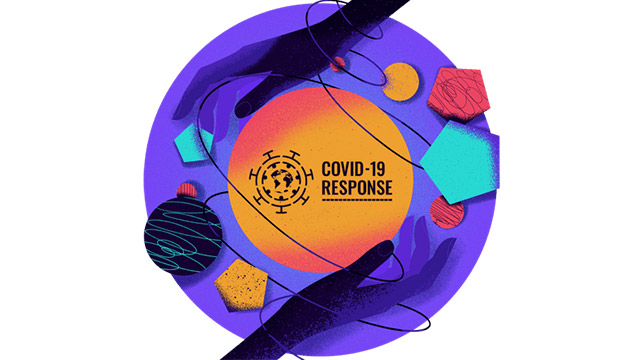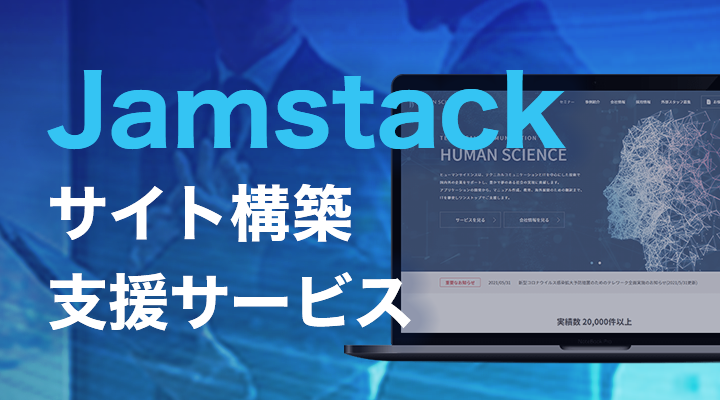In Part 1, we discussed technical SEO. This article will focus on content SEO and on-page and off-page optimization.
 Author: Nebojsa Radakovic March 9, 2021
Author: Nebojsa Radakovic March 9, 2021

That's all for the discussion on Jamstack for now. Whether you are an SEO specialist, a marketer, or a developer, I highly recommend reading the rest of the guide that explains the basics of content SEO.

For articles with a large amount of content like this one, we recommend splitting it into several pages. Even on pages using the fast-loading Jamstack, cramming all the content can slow down loading speed. Additionally, when the first page is clicked, it provides Google with information that the user liked the content on that page. As the number of pages increases, more keywords can be added, which can lead to higher rankings. This also increases the time spent on the page and affects the bounce rate and average page session count.
Considering the ever-changing complexity and the number of potential ranking signals, understanding SEO is more important than knowing one or two signals. It is necessary to see the bigger picture.
In Part 1 of the Jamstack SEO Guide, we introduced the technical SEO of Jamstack websites and discussed how technical SEO complements content to achieve better rankings.
Here, let's focus on the content of the website.
Broadly speaking, content issues can be classified into one of these two segments.
- On-page optimization: keyword research, content, keyword placement, meta tags, content structure, H tags, content pruning, etc.
- Off-page optimization: domain authority, link building, brand building, PR, social shares, etc.
There are many articles that explain these two points in detail.
Therefore, I would like to approach content SEO in a slightly different way than other articles. Instead of tips and tricks for on-page/off-page optimization, I will introduce an approach to following content SEO. I believe it is a suitable explanation for the general public, regardless of whether they are beginners or experts.
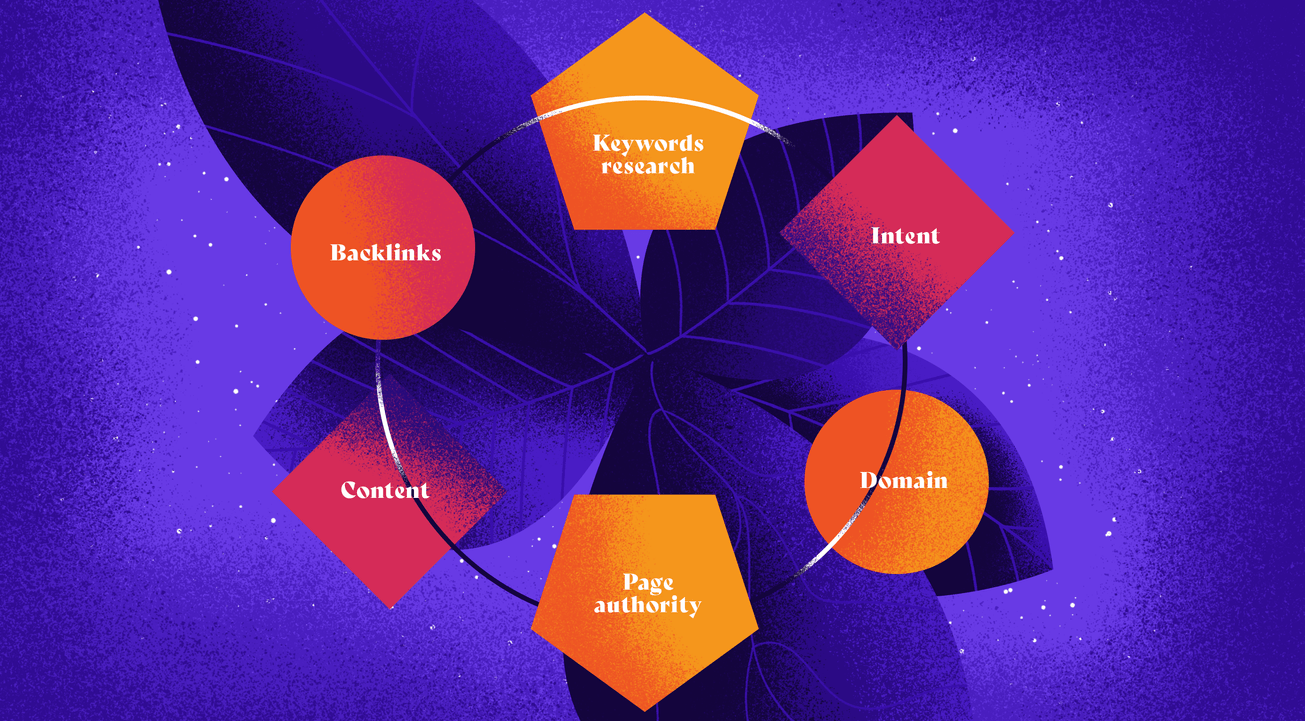
The content SEO flow provides a step-by-step framework to cover, understand, and incorporate the best practices of content SEO (both on-page and off-page) rather than explaining each topic individually.
1. Keyword Research
Services, products, and content are the core of a business, but the keywords that the audience thinks are appropriate and searches for form the foundation of the entire content and digital marketing strategy.
Keyword research provides information on what users are searching for, how much, and in what manner in areas of interest. It also allows you to understand what format they expect to receive that information in.
Keyword research is intended to find strategic keywords that should be targeted in website content, as stated in many guides and articles.
To put it without fear of misunderstanding, that is somewhat correct. Let's rephrase the above sentence.
Keyword research is for finding strategic keywords to target in website content and keywords that align with the website's ranking.
That's great, but where should I start? Also, how can I know which keywords I should target?
Before you start, remember that keyword research depends on your website (authority, whether it is a trusted resource, number of pages, etc.), your goals (branding, exposure, traffic, lead generation, or sales), competitors (and their authority, etc.), and finally, the industry you are in. In that sense, the keywords you can rank for are similar.
First, let's start by creating a list of important and relevant keywords or topics based on what you know about your business and the goals you are trying to achieve. If you already have some knowledge, check your competitors and see what they have been doing. If not, start by exploring the chosen keywords.
The best allies at this point are Google and several free or paid keyword discovery tools.
- Google search results
- Auto-suggestion in Google Search
- Similar Searches on Google
- Free tools like Answer the Public and Ubersuggest
- Paid tools such as SEMrush, Ahrefs, and Moz
Using these, we will clearly understand what is happening in the target industry and keywords, what the target audience is searching for, how they are searching, which keywords they are using, how popular those keywords are, what the search volume for those keywords is, what the general intent displayed in the search results for those keywords is, and what is needed to rank high for those keywords.
We use them to understand competitors and analyze the strengths and weaknesses in the strategies of keywords, content, and backlink profiles. Just because they are business competitors does not necessarily mean they are competitors in content as well. The answer lies within the search results.
1-1 Long Tail Keywords
From top brands to new businesses, everyone making T-shirts hopes to appear at the top of Google search results for the keyword 'T-shirt' (with an average monthly search volume of about 300,000). This is difficult because the higher the search volume, the greater the competition and effort required to achieve a high-quality ranking.
This is especially true for new businesses. In keywords where there are authority brands, meaning brands recognized by Google as authorities on the theme of the keyword, it is difficult for new businesses to compete fairly, no matter how excellent they are.
Therefore, we recommend that new entrants target long-tail keywords with low search volume. Interestingly, these keywords can lead to better conversions as they express more specifically what searchers are looking for.
Therefore, if we were to start a T-shirt business, it would be difficult to target keywords related to T-shirts. Instead, targeting keywords like "Jamstack T-shirts" might be a better option in terms of keyword placement and conversion, that is, selling T-shirts.
It is generally recommended to look for keywords that have a large volume and low competition in most articles. Please use these two filters to assess business value. Remember that low-competition keywords not only make it easier to rank but also serve as a foundation and authority for targeting high-volume keywords once you achieve a ranking.
1-2 Keyword Difficulty
If you are using a paid tool, there is a metric called Keyword Difficulty (KD).
First, please keep in mind that the KD value may differ because the measurement methods vary by tool. Also, do not rely too heavily on the KD. Before targeting that keyword, be sure to manually check the search results and assess the actual difficulty and search intent of the keyword.
Ultimately, proper keyword research not only supports SEO efforts but also leads to revenue from relevant traffic and helps in finding valuable keywords. In other words, it is meaningless to gather a lot of traffic if you cannot convert it.
However, just because the keyword research went well doesn't mean you can escape from trivial websites and content.
2. Search Intent and Domain/Page Authority

For appropriate keyword research, it is necessary to consider search intent and the authority of the domain/page. Many of you may have thought, "That's an unusual combination," when looking at the subtitle. The former is a genuine ranking factor, while the latter is a provisional figure used by top SEO tools. I will explain in detail.
2-1 Search Intent
Google is always striving to provide the most relevant results to answer the searcher's questions. In other words, understanding the searcher's intent behind the search query is their ultimate goal.
If you want to improve your ranking in Google's search results in 2021, it is important to understand search intent and create content accordingly. The key is the intent behind the query/keyword and how well your content can solve important issues.
In general, there are four types of search intent: Informational, Navigational, Transactional, and Commercial Investigation. Let's briefly explain each of them.
2-2 Informational
If you are asking specific questions in your search query or want to know more about a particular topic, you are likely to have an intent to seek information. Questions like "Who is Brad Pitt?" or "What is Jamstack?" as well as directional questions like "How to get to the airport?" and topic/keyword questions such as "soccer" or "higher education" fall into this category.
2-3 Navigational
When searching for specific websites such as 'Bejamas' or 'Gmail sign in', it falls under the type of navigation.
2-4 Transaction
People who are trying to do something, such as making a purchase or watching a video, search with transactional intent. Queries like "iPhone 10 price," "namecheap coupon," and "purchase secrid miniwallet" all fall into this category.
2-5 Commercial Investigation (Shopping Research)
People who intend to make a purchase soon but want to gather information before buying have the intention of shopping research. In other words, queries like "iPhone vs. Android," "iPhone reviews," "best wallets," "record shops nearby," and "cheap hotels in London" all fall under this category.
2-6 Local Search
Some articles recognize local queries as a different type. These are search queries that refer to local results. For example, when searching for "cocktail bars near me" or "movie theaters nearby." Most easily fit into intentional types of queries.
2-7 Domain/Page Authority
Domain Authority / Domain Rating are metrics designed to understand the strengths of a website. Google may use something similar, but these metrics are defined by tools. What I want to convey is that Domain Authority and other similar metrics (like KD) should be used as indicators of "something that might be" rather than "something that is."
Most tools provide authority metrics in a "general" sense, but this can introduce even more uncertainty to an already ambiguous metric. By adding industry aspects to this, I believe it would be more effective for SEO to focus on metrics of "authority in specific industries or topics" rather than a general one.
Finally, establishing an authoritative site through search engines and the "authority" metric requires time and careful planning (keyword research, content quality and quantity, backlinks). For example, domains with a high "authority" metric are usually reliable resources, allowing them to publish content and rank much faster than other domains.
Establishing your own site and yourself as an authority, and acquiring links from existing authority sites, has a significant impact on rankings.
2-8 Together with Two
So, why do we need to consider these two together? The answer lies within the search results. In the example of this guide, it explains why, despite having previously ranked well and possessing excellent content, it no longer appears as high for the keyword 'headless CMS'.
Additionally, the post "Optimizing for searcher intent in 7 visuals" by Moz's Rand Fishkin is also a useful reference.
This case study showcases the improvements made for our clients using Jamstack. If you have a project that is ideal for Jamstack or are considering migrating your website to a more performant stack, let's talk.
Bejamas Service Introduction Materials
This is information about the latest web development method, Jamstack, and its developer, Bejamas.
Human Science collaborates with Bejamas to support improvements in manuals, FAQs, corporate websites, and more.
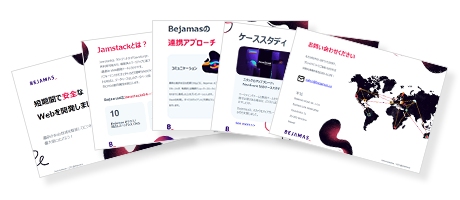
- What is Jamstack? What can be achieved?
- Technology Used by Bejamas
- Services offered by Bejamas
- Bejamas Collaboration Approach
- Client Testimonials
- Case Study





